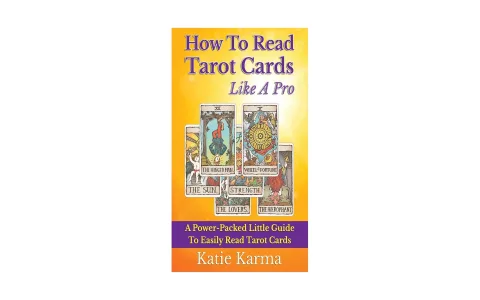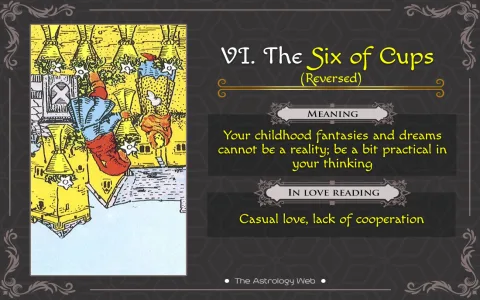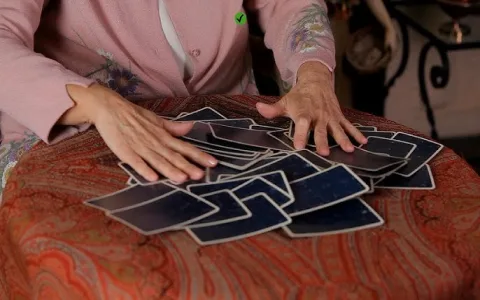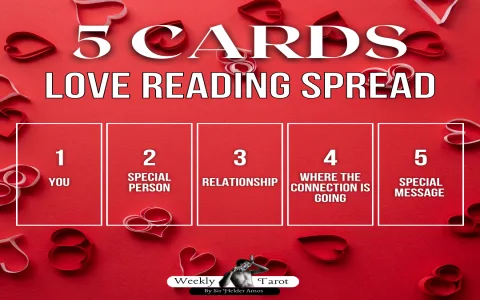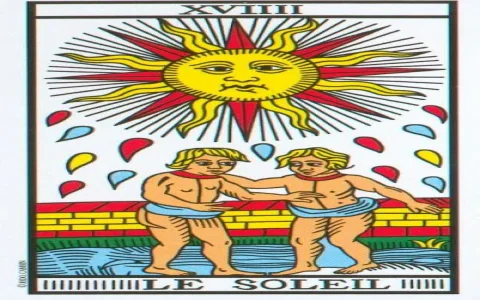The Problem with Tarot Books: Way Too Much Fluff
You know how it is. You see a cool deck online—maybe the art really grabs you—so you click ‘buy.’ That’s exactly what happened with the Witches Garden Tarot. I saw the vibrant colors, all the herbs and flowers mixed in, and I figured, great, this will be easy to connect with. It looked approachable, designed for the garden witch, you know?
But then the box arrives, and inside you’ve got that tiny little white booklet. I cracked it open and instantly sighed. It was the same old story. Every single card had a paragraph of dense explanation, historical context, astrological signifiers, and reversal interpretations that felt like reading a legal contract. I just wanted to know if this deck was telling me to fix my relationship or fix my leaky sink. Who has the time to memorize 78 miniature philosophy papers just to pull three cards?
Frankly, that overcomplication is exactly why most people quit Tarot before they even start. They get bogged down in the system instead of looking at the pictures. I’ve been through this cycle too many times.
How I Threw Out the Rulebook
I was ready to shove the WGT into the “pretty but impractical” drawer, but then my niece, Sarah, came over. She’s eighteen, super pragmatic, and thinks all my spiritual stuff is mostly nonsense, but she was curious about the cards. She picked up The Empress card—the one with the massive pregnant belly sitting amongst the pumpkins—and she just goes, “Well, that means abundance and comfort, right? Why does the book need three paragraphs to say that?”
That really hit me. She hadn’t read a single meaning, but she instinctively got the core message. It was a visual dictionary, and I was making it too hard.
So, I made a decision right there. I stripped the entire system down. I completely ignored the little white book and all the established RWS meanings I had rattling around in my head. I grabbed a stack of sticky notes, spread the Witches Garden deck out, and started forcing myself to write down only the simplest, most immediate impression of the imagery. No fluff, no history, no astrological links—just the picture telling a story.
This was messy. I had to physically stop myself from cheating and looking up the ‘official’ meaning. For three days, I just lived with the cards, forcing my brain to accept the simplest reading possible. If it looked like a fight, it was a fight. If it looked like a party, it was a party.
The Simple System I Developed
My first step was redefining the suits based purely on what I saw in the garden context of the deck.
Here’s how the suits ended up:
- Wands (The Sprouts/Sticks): Action, starting something, energy boost, summer heat.
- Cups (The Teacups/Watering Cans): Feelings, relationships, overflow, comfort.
- Swords (The Clippers/Pruners): Sharp decisions, necessary cuts, painful truths, wind/trouble.
- Pentacles (The Stones/Seed Money): Groundedness, practical resources, physical stuff, slow growth.
Then I tackled the Major Arcana, which is usually the part that makes people feel they need a PhD. I broke them down into single keywords based on the strongest image in the WGT art:
A Few Example Majors:
- The Fool (The Seedling): Just start. New journey, even if you’re clueless.
- The Magician (The Alchemist at the Bench): You have the tools. You can do it.
- The Hierophant (The Wise Old Tree): Follow tradition, or learn from a mentor.
- The Tower (The Sudden Storm): Disaster. Everything breaks. Necessary collapse.
I wrote these simplified meanings down on index cards. I even colored the index cards to match the primary tone of the suit—red for Wands, blue for Cups, and so on. My goal was maximum clarity with minimal text.
Putting the Rough Guide to the Test
I started doing readings using only my simplified index cards, and here’s the kicker: they were way clearer. When I used the dense book interpretation, I often ended up with ambiguous answers because I was trying to layer six meanings onto one picture.
With the simple, rough interpretation, the message was immediate. If the Three of Swords (which shows three broken plant stems in the WGT) showed up, it wasn’t about “loss in partnership tempered by Jupiterian influence” or some nonsense. It just meant: “Ouch. Someone broke your heart, or you broke something important.” Simple. Direct. True.
When Sarah, the pragmatic niece, finally let me do a reading for her—asking about her university application stress—she pulled the Eight of Pentacles (The Busy Potter). My simplified card just read: “Keep grinding. Focused work pays off.” She looked at the card, looked at my simplified meaning, and nodded. “Okay, I get it. That’s just a picture of someone working hard.”
This whole project reinforced something fundamental for me. We often assume that to be effective, systems need to be complex. But the truth is, the more complex you make something, the more barriers you put up. For a beginner, or honestly, for most of us who just need quick insight, we don’t need the seven-layer dip of meaning. We need the core ingredients. So yeah, if you have this deck or any deck, skip the booklet. Just look at the picture and trust the first thing your brain spits out. It’s usually right.

